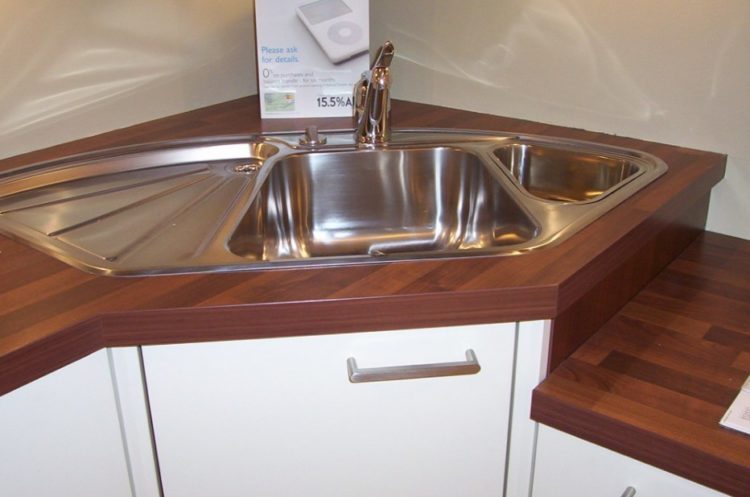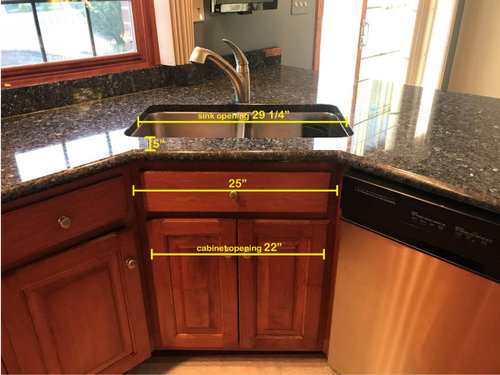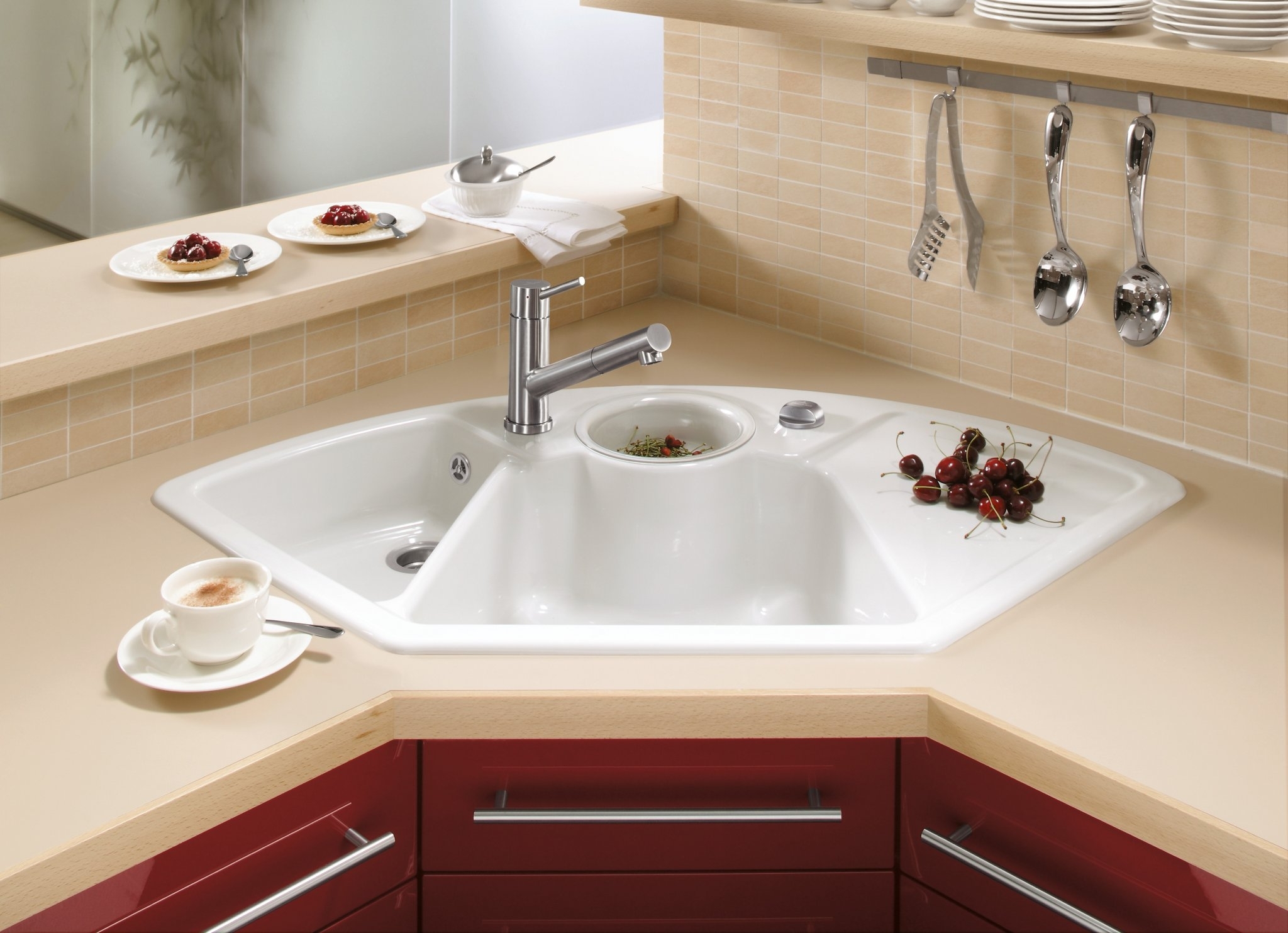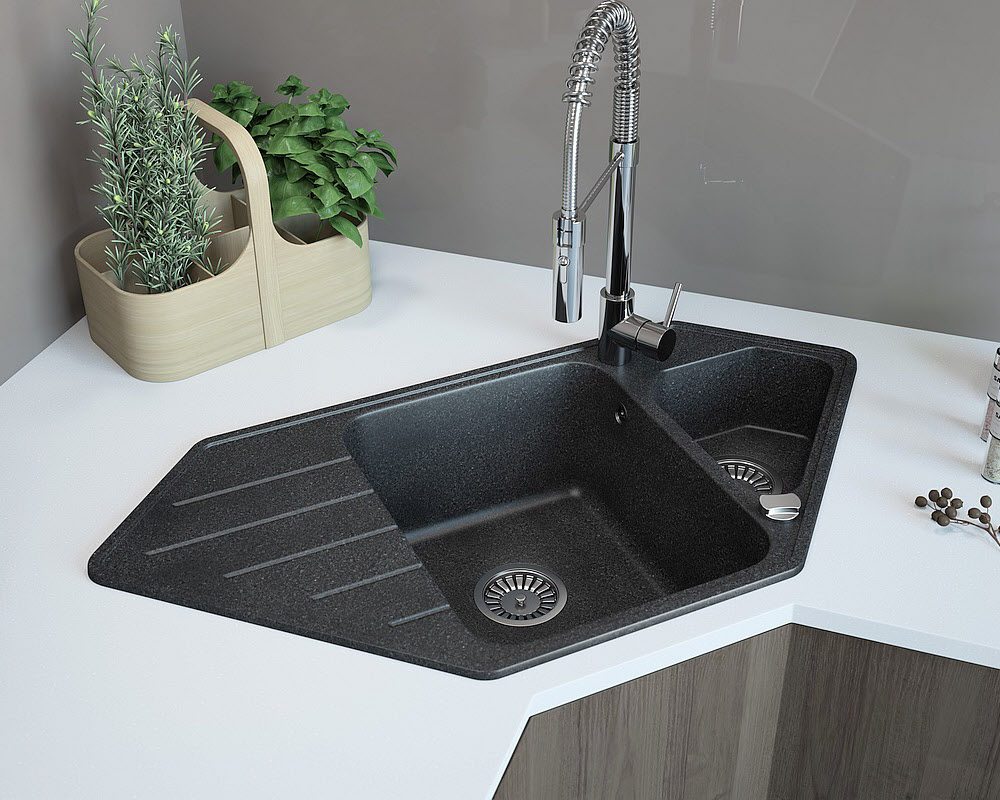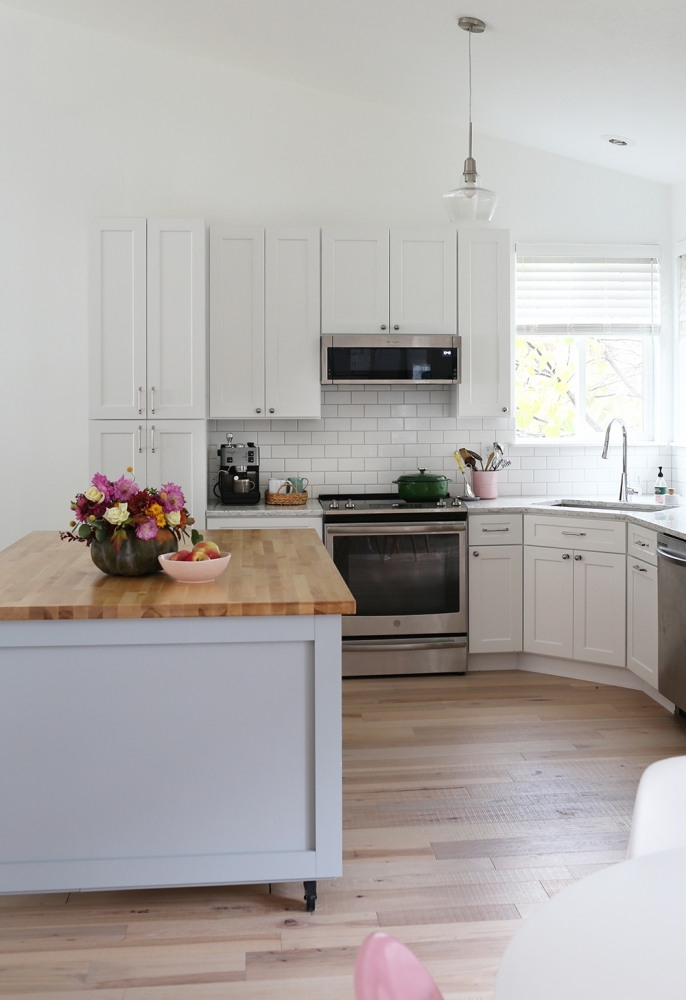Corner Kitchen Sinks: What to Know Before You Buy
If you're in the market for a new kitchen sink, you may be considering a corner kitchen sink. These unique sinks are a popular choice for those looking to maximize space and add a stylish touch to their kitchen. Before you make the investment, there are a few things you should know about corner kitchen sinks.
First and foremost, it's important to consider the size of your kitchen. While a corner kitchen sink can be a great space-saving solution, it may not be the best fit for a smaller kitchen. You'll want to make sure the sink won't take up too much valuable counter space and still leave enough room for other essential kitchen appliances and tasks.
Another factor to consider is the layout of your kitchen. A corner kitchen sink may not work well in a kitchen with a lot of traffic flow, as it can create a bottleneck effect. However, if your kitchen has a more open layout, a corner sink can be a great addition and can even help improve the flow of your space.
When it comes to the actual sink itself, there are a few things to keep in mind. Corner kitchen sinks come in a variety of materials, including stainless steel, porcelain, and granite composite. Each material has its own pros and cons, so be sure to do your research and choose one that fits your needs and style preferences.
Additionally, you'll want to consider the depth and size of the sink. While a deeper sink may be more convenient for washing larger pots and pans, it may also take up more counter space. It's important to strike a balance between functionality and space-saving when choosing a corner kitchen sink.
Lastly, don't forget about the plumbing. Corner kitchen sinks may require special plumbing arrangements, depending on the layout and design of your kitchen. Be sure to consult with a professional plumber before making your purchase to ensure a smooth and successful installation.
How to Install a Corner Kitchen Sink
Installing a corner kitchen sink may seem like a daunting task, but with the right tools and knowledge, it can be a relatively straightforward process. Here's a step-by-step guide on how to install a corner kitchen sink:
1. Measure the space: Before you begin, make sure to measure the corner where you plan to install the sink. This will ensure that you choose the right size sink and cabinet.
2. Cut the countertop: If your corner kitchen sink will be resting on a countertop, you'll need to cut a hole in the countertop for the sink to fit. Use a jigsaw or circular saw to make the cut, following the measurements you took in step one.
3. Assemble the sink: If your sink comes in multiple pieces, now is the time to assemble them according to the manufacturer's instructions.
4. Install the sink: Place the sink into the hole you cut in the countertop. Use silicone caulk to secure the sink to the countertop, and wipe away any excess caulk.
5. Connect the plumbing: This step will vary depending on the type of sink and plumbing you have, so be sure to follow the manufacturer's instructions carefully. In general, you'll connect the drain and water supply lines to the sink and secure them in place.
6. Secure the sink to the cabinet: If your sink is resting on a cabinet, use screws to secure the sink to the cabinet for added stability.
7. Test for leaks: Run water through the sink to make sure there are no leaks. If you notice any leaks, tighten the connections or add more caulk as needed.
With these steps, you'll have your new corner kitchen sink installed in no time!
Corner Kitchen Sink Design Ideas
A corner kitchen sink can add a unique and stylish touch to any kitchen. Here are a few design ideas to help inspire your own corner sink installation:
- Opt for a farmhouse style sink for a rustic and charming feel.
- Choose a sleek and modern stainless steel sink for a contemporary look.
- Consider an undermount sink for a seamless and clean aesthetic.
- Install a double bowl sink for added functionality and convenience.
- Use a corner sink as a statement piece by choosing a bold color or unique design.
Remember, the design possibilities are endless with a corner kitchen sink. Don't be afraid to get creative and make it your own!
Maximizing Space with a Corner Kitchen Sink
One of the main reasons people choose a corner kitchen sink is to maximize space in their kitchen. Here are a few tips on how to make the most out of your corner sink:
- Use the corner space above the sink for storage, such as installing shelves or a hanging pot rack.
- Consider a corner sink with built-in accessories, such as a cutting board or drying rack, to save even more counter space.
- Install a corner sink with a deep basin to hold more dishes and free up counter space.
- Use the space underneath the sink for additional storage, such as a pull-out trash bin or storage baskets.
With these tips, your corner kitchen sink can be a functional and space-saving addition to your kitchen.
Installing a Corner Kitchen Sink in a Small Kitchen
While corner kitchen sinks are great for maximizing space, they can also be a smart choice for smaller kitchens. Here are a few ways to make a corner sink work in a small kitchen:
- Choose a smaller corner sink to avoid taking up too much counter space.
- Opt for a single bowl sink instead of a double bowl to save space.
- Install the sink in a corner that is not heavily trafficked to avoid creating a bottleneck effect.
- Consider a wall-mounted faucet to save even more space on the counter.
With these tips, a corner kitchen sink can be the perfect addition to a small kitchen without sacrificing functionality or style.
Corner Kitchen Sink Pros and Cons
Like any home renovation or improvement, there are pros and cons to consider when choosing a corner kitchen sink. Here are a few to keep in mind:
Pros:
- Maximizes space in the kitchen
- Can add a unique and stylish touch
- Can improve the flow of the kitchen
- Can be a smart choice for smaller kitchens
Cons:
- May not work well in heavily trafficked kitchens
- Can be more difficult to install and may require special plumbing arrangements
- May take up valuable counter space
Consider these pros and cons carefully before making your decision on a corner kitchen sink.
How to Measure for a Corner Kitchen Sink
Before you purchase a corner kitchen sink, it's important to measure the space to ensure a proper fit. Here's how to measure for a corner kitchen sink:
1. Measure the diagonal distance from the corner to the edge of the counter on each side.
2. Measure the width of the cabinet where the sink will be installed.
3. Subtract the width of the cabinet from the diagonal distance on each side. This will give you the maximum size sink that will fit in the space.
4. Consider the depth of the sink as well, as this will affect how much counter space is available.
Keep these measurements in mind when shopping for a corner kitchen sink to ensure the best fit for your space.
Corner Kitchen Sink Cabinet Ideas
When installing a corner kitchen sink, you'll also need to consider the type of cabinet you'll be using. Here are a few ideas for corner kitchen sink cabinets:
- Use a traditional corner cabinet with a lazy susan for easy access to items stored in the back.
- Install a diagonal cabinet for a more modern and unique look.
- Consider a cabinet with pull-out shelves for added convenience and storage space.
- Use a corner sink base cabinet with a false front panel for a seamless and integrated look.
With these ideas, you can choose the perfect cabinet to complement your corner kitchen sink.
DIY Corner Kitchen Sink Installation
If you're handy and looking to save some money, you may consider installing your corner kitchen sink yourself. Keep in mind, however, that this is a more challenging installation and may require special tools and knowledge.
Before attempting a DIY corner sink installation, make sure you have all the necessary materials and tools, including silicone caulk, a jigsaw, and a drill. It may also be helpful to watch tutorial videos or consult with a professional for guidance.
Corner Kitchen Sink Plumbing Options
Installing a corner kitchen sink may also require some special plumbing arrangements. Here are a few options for corner sink plumbing:
- Use a flexible drainpipe to accommodate the sink's placement in the corner.
- Install a garbage disposal in the corner sink for added convenience.
- Consider a wall-mounted faucet to save space on the counter and avoid the need for additional plumbing arrangements.
Be sure to consult with a professional plumber to determine the best plumbing option for your specific corner kitchen sink installation.
Maximizing Space with a Corner Kitchen Sink
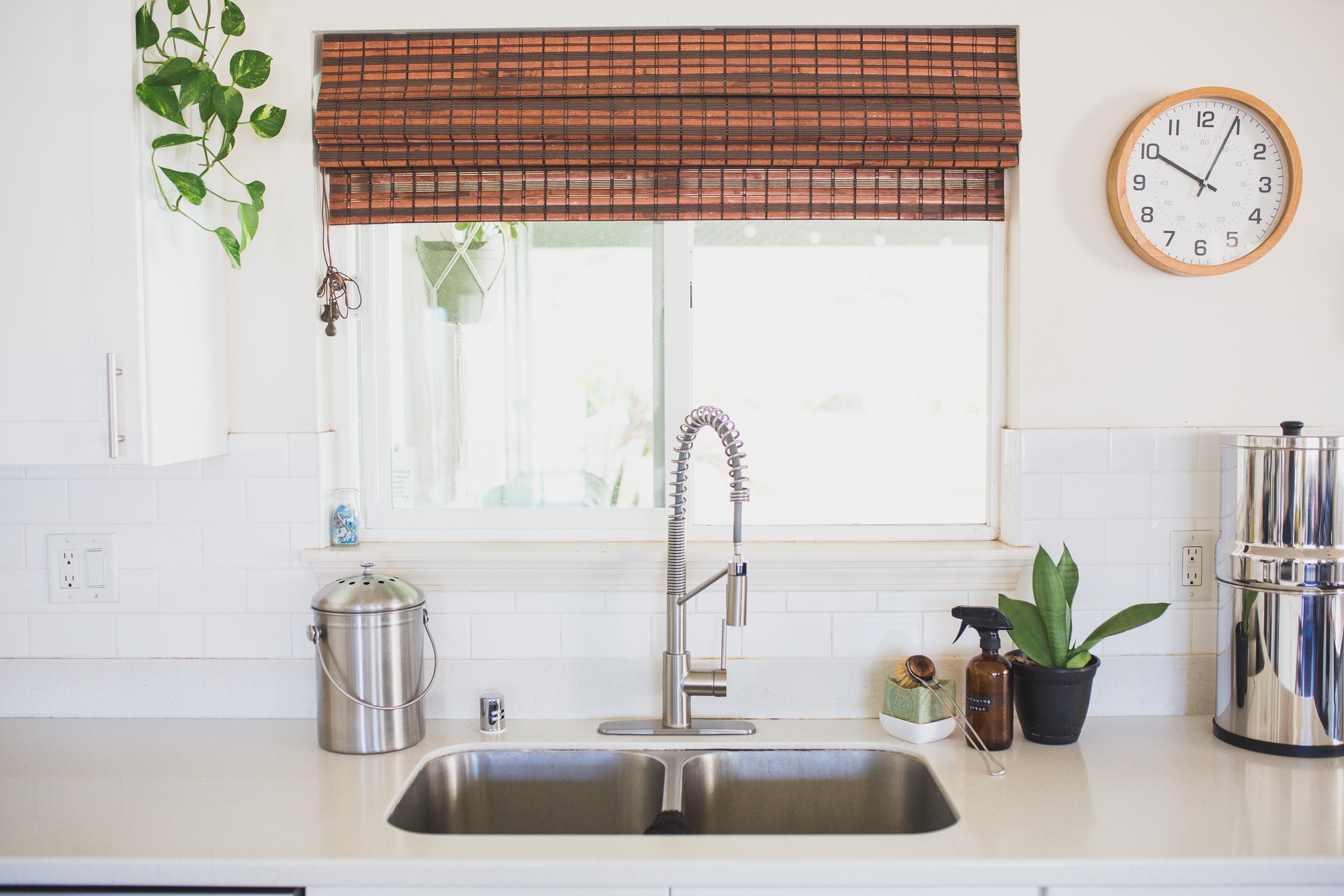
The Benefits of Installing a Corner Kitchen Sink
 When it comes to designing a kitchen, every inch of space counts. That's why more and more homeowners are turning to
corner kitchen sinks
as a practical and
space-saving solution
. By utilizing the often overlooked corner area of the kitchen, a
corner sink
can improve the overall functionality and aesthetics of the space.
One of the main benefits of installing a
corner kitchen sink
is its ability to
maximize counter space
. Traditional kitchen sinks are typically placed in the center of the countertop, taking up a significant amount of valuable workspace. However, by placing the sink in the corner, it frees up more room for food preparation, cooking, and other kitchen tasks. This is especially beneficial for smaller kitchens where counter space is limited.
Another advantage of a
corner sink
is its ability to
improve traffic flow
in the kitchen. With the sink out of the way in the corner, it allows for a smoother and more efficient flow of movement in the kitchen. This can be particularly helpful for households with multiple cooks or for those who love to entertain guests in the kitchen.
When it comes to designing a kitchen, every inch of space counts. That's why more and more homeowners are turning to
corner kitchen sinks
as a practical and
space-saving solution
. By utilizing the often overlooked corner area of the kitchen, a
corner sink
can improve the overall functionality and aesthetics of the space.
One of the main benefits of installing a
corner kitchen sink
is its ability to
maximize counter space
. Traditional kitchen sinks are typically placed in the center of the countertop, taking up a significant amount of valuable workspace. However, by placing the sink in the corner, it frees up more room for food preparation, cooking, and other kitchen tasks. This is especially beneficial for smaller kitchens where counter space is limited.
Another advantage of a
corner sink
is its ability to
improve traffic flow
in the kitchen. With the sink out of the way in the corner, it allows for a smoother and more efficient flow of movement in the kitchen. This can be particularly helpful for households with multiple cooks or for those who love to entertain guests in the kitchen.
Design Options for a Corner Kitchen Sink
 When it comes to
designing
your
corner kitchen sink
, there are a variety of options to choose from. The most popular design is a
triangular-shaped sink
that fits snugly into the corner of the countertop. This type of sink can be either undermount or top mount, depending on your preference.
For those who prefer a more modern and sleek look, a
round or oval-shaped sink
can also be a great choice for a corner installation. These types of sinks often have a larger basin, providing more space for washing dishes and other kitchen tasks.
Additionally,
corner sinks
come in a variety of materials to suit any kitchen style. Stainless steel, porcelain, and granite are among the most popular choices for their durability and easy maintenance.
When it comes to
designing
your
corner kitchen sink
, there are a variety of options to choose from. The most popular design is a
triangular-shaped sink
that fits snugly into the corner of the countertop. This type of sink can be either undermount or top mount, depending on your preference.
For those who prefer a more modern and sleek look, a
round or oval-shaped sink
can also be a great choice for a corner installation. These types of sinks often have a larger basin, providing more space for washing dishes and other kitchen tasks.
Additionally,
corner sinks
come in a variety of materials to suit any kitchen style. Stainless steel, porcelain, and granite are among the most popular choices for their durability and easy maintenance.
Considerations for Installing a Corner Kitchen Sink
 While a
corner sink
may seem like the perfect solution for your kitchen, there are a few things to consider before making the installation. First, make sure the
plumbing and drainage
can be easily connected to the corner location. You may need the help of a professional plumber to ensure proper installation.
It's also important to
consider the size
of your corner sink in relation to your kitchen. While a larger sink can be beneficial for washing dishes, it may also take up more counter space. Make sure to measure your kitchen and consider your daily needs before deciding on the size of your corner sink.
While a
corner sink
may seem like the perfect solution for your kitchen, there are a few things to consider before making the installation. First, make sure the
plumbing and drainage
can be easily connected to the corner location. You may need the help of a professional plumber to ensure proper installation.
It's also important to
consider the size
of your corner sink in relation to your kitchen. While a larger sink can be beneficial for washing dishes, it may also take up more counter space. Make sure to measure your kitchen and consider your daily needs before deciding on the size of your corner sink.
In Conclusion
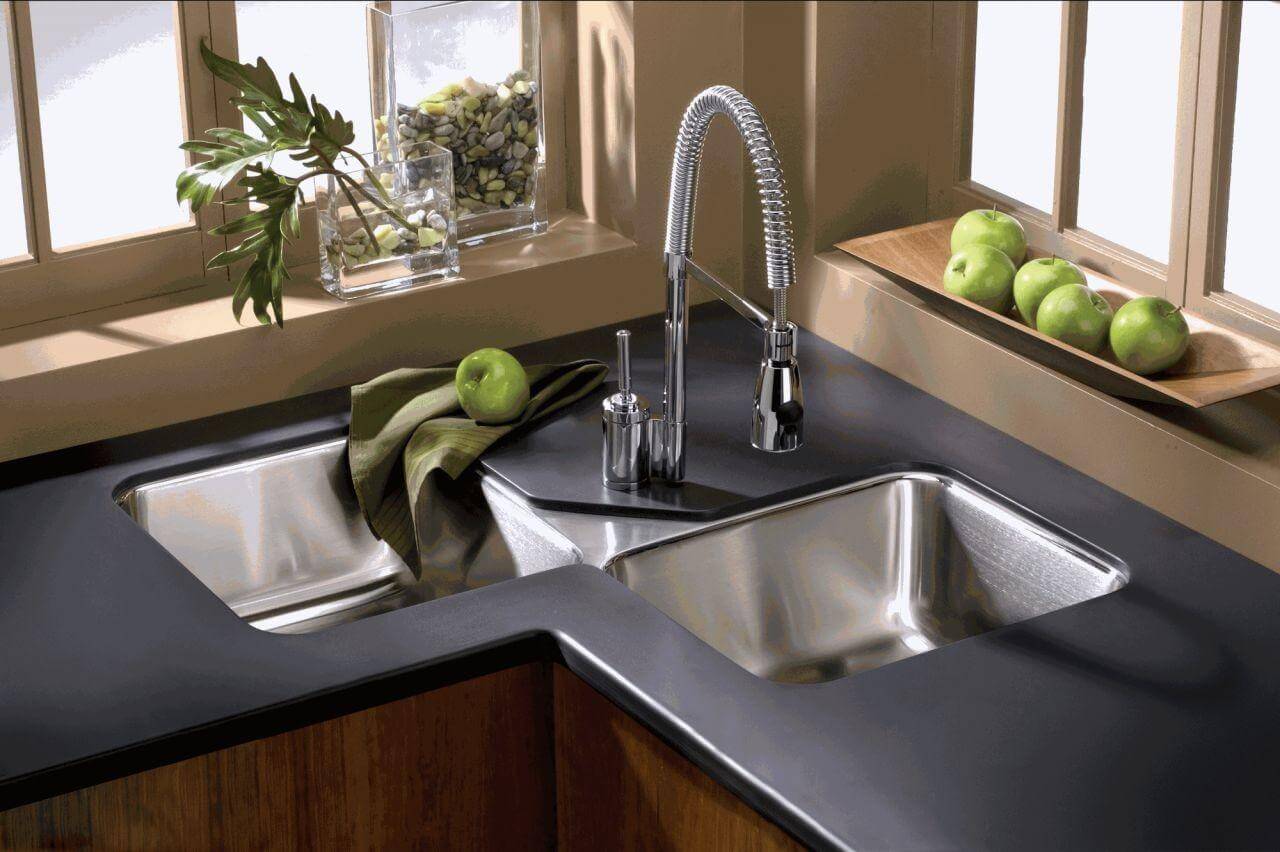 In conclusion, a
corner kitchen sink
can be a
game-changer
for your kitchen. With its ability to maximize space, improve traffic flow, and add style to the room, it's a practical and aesthetically pleasing choice for any household. So the next time you're considering a kitchen renovation, don't overlook the corner and consider installing a
corner sink
for a functional and stylish addition to your space.
In conclusion, a
corner kitchen sink
can be a
game-changer
for your kitchen. With its ability to maximize space, improve traffic flow, and add style to the room, it's a practical and aesthetically pleasing choice for any household. So the next time you're considering a kitchen renovation, don't overlook the corner and consider installing a
corner sink
for a functional and stylish addition to your space.




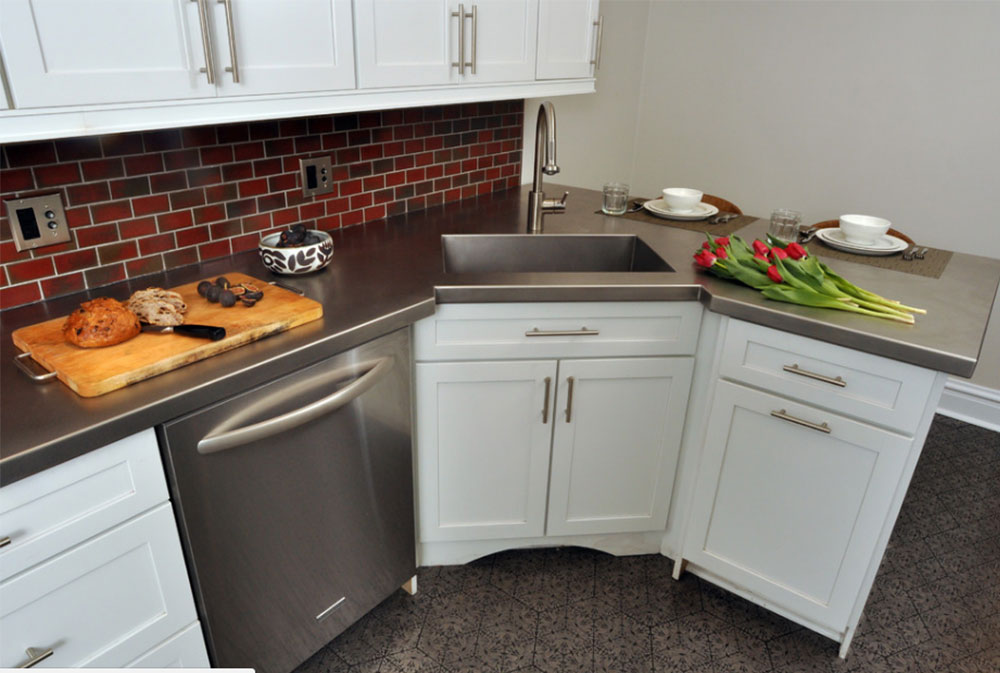
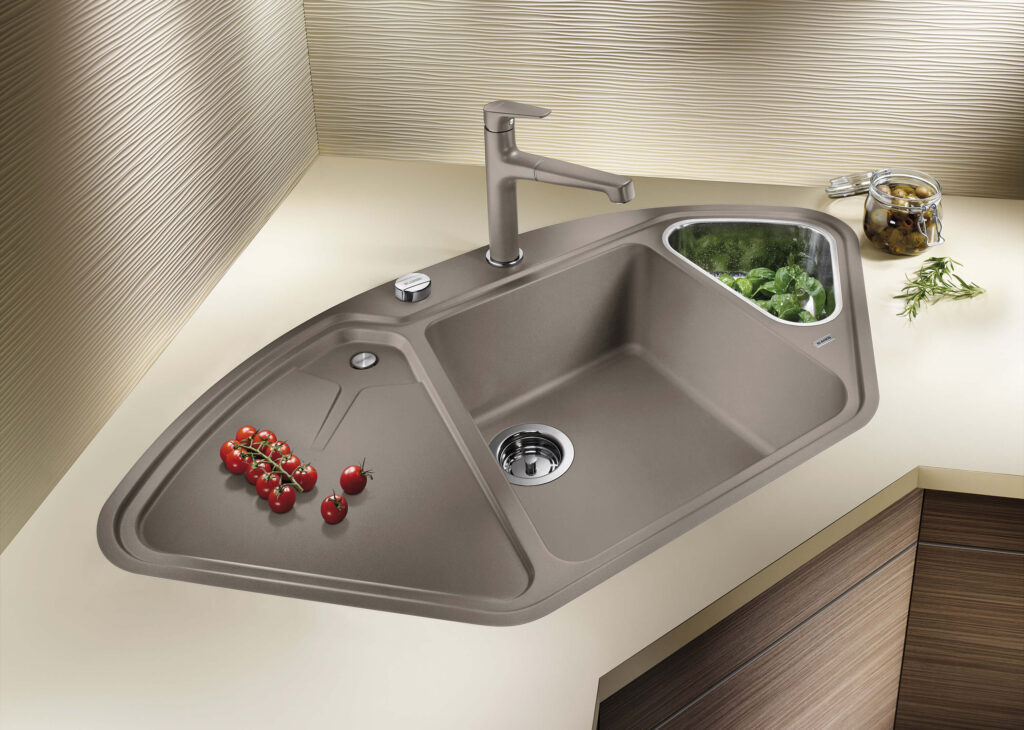

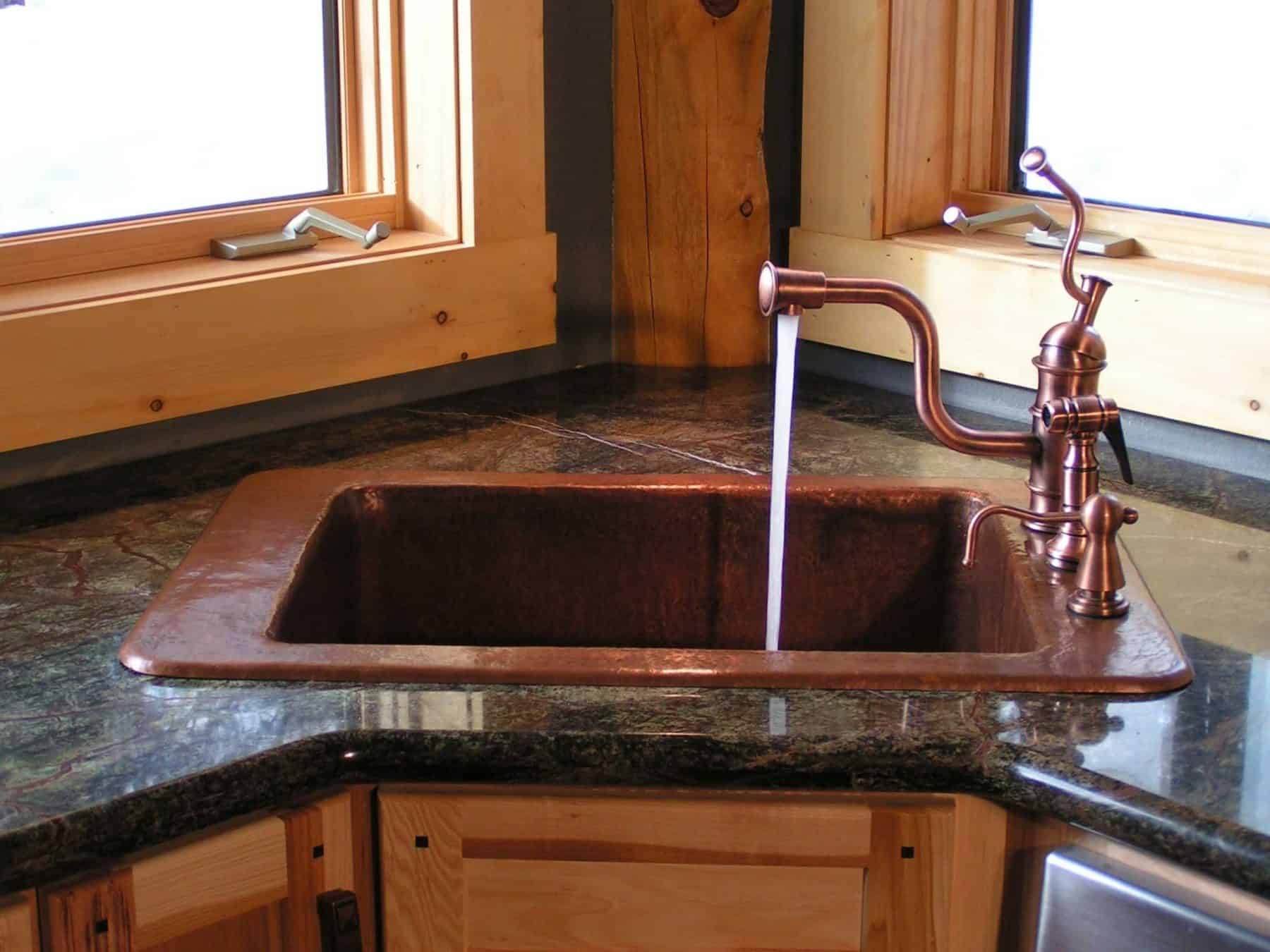
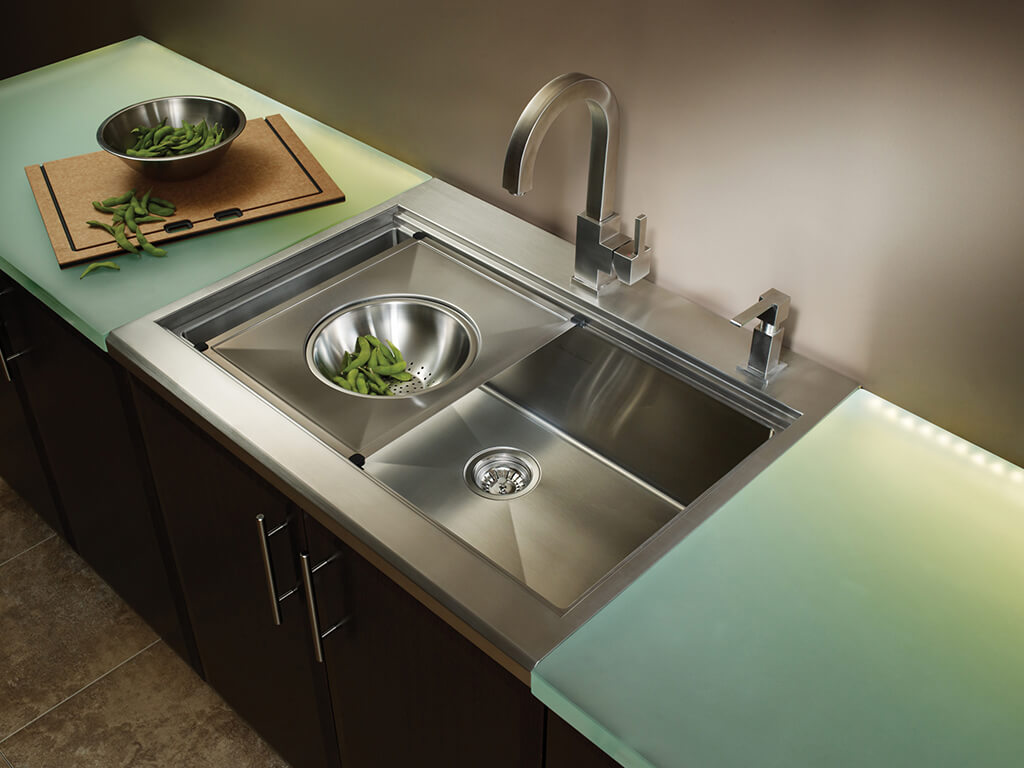
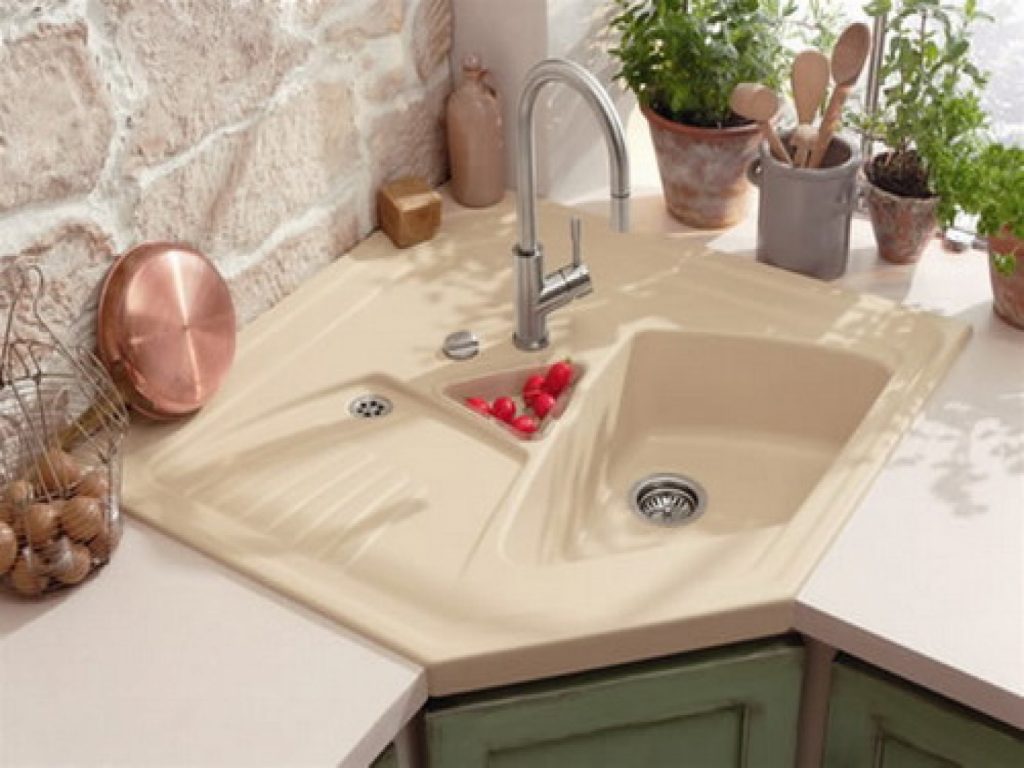


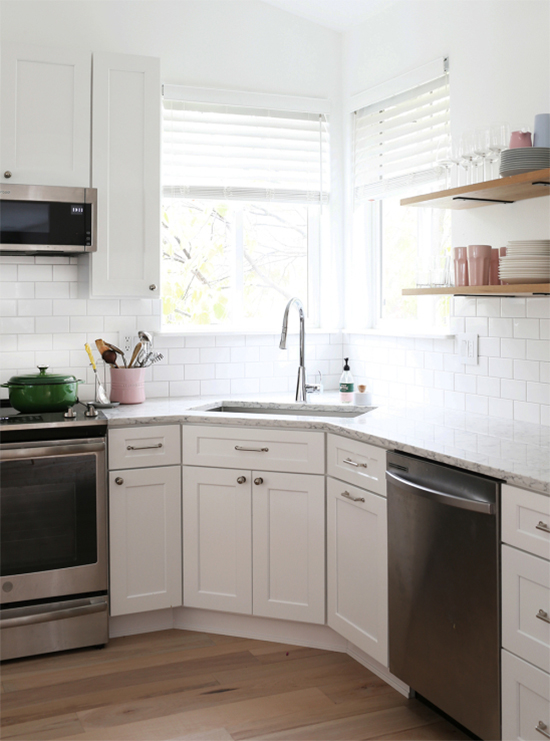



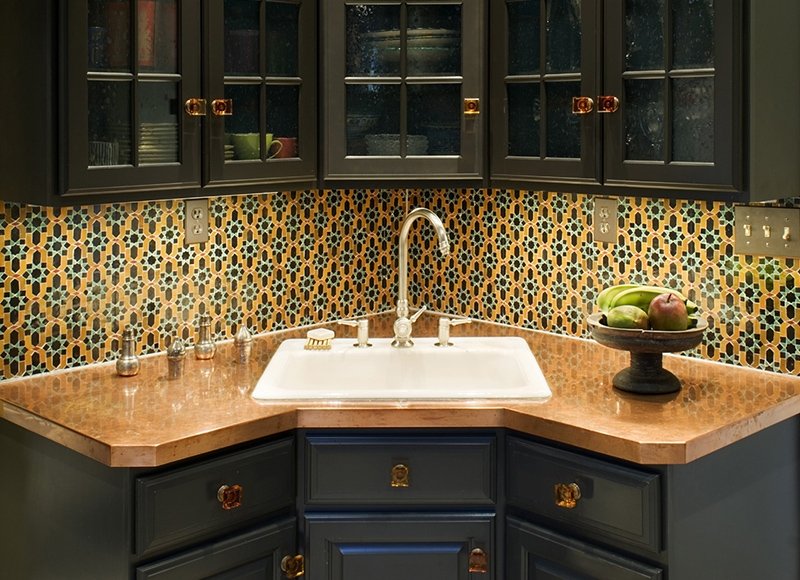
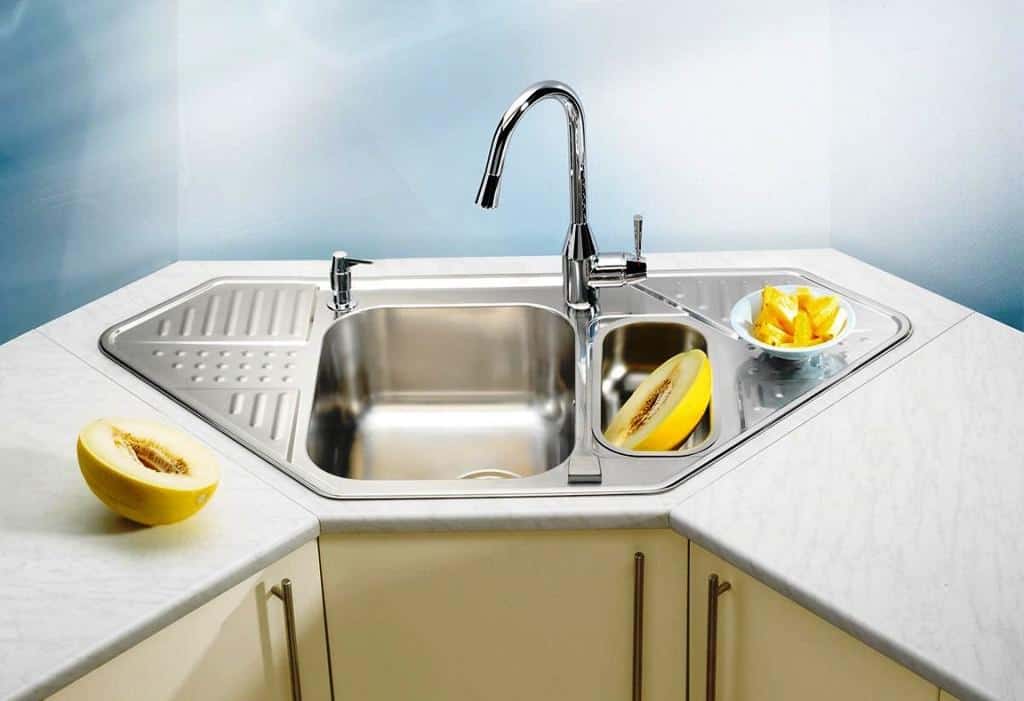




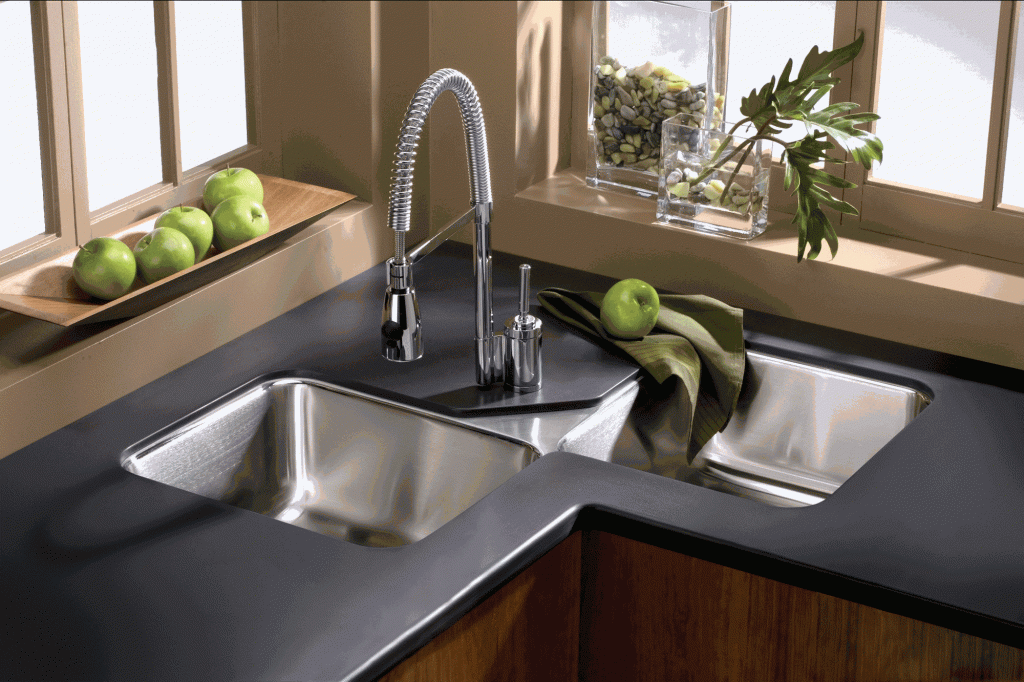
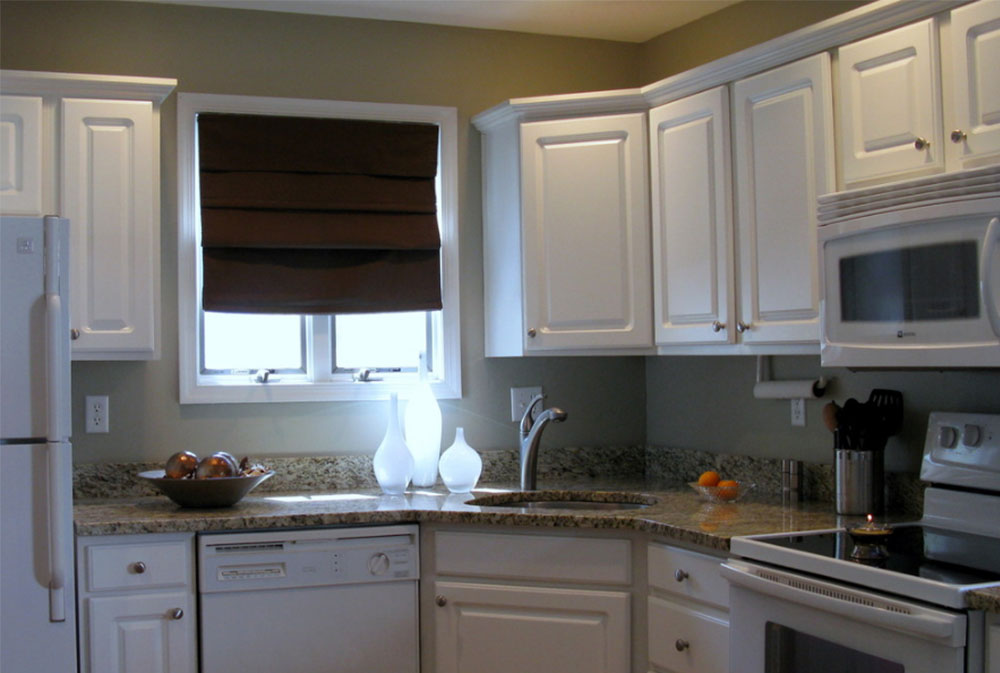
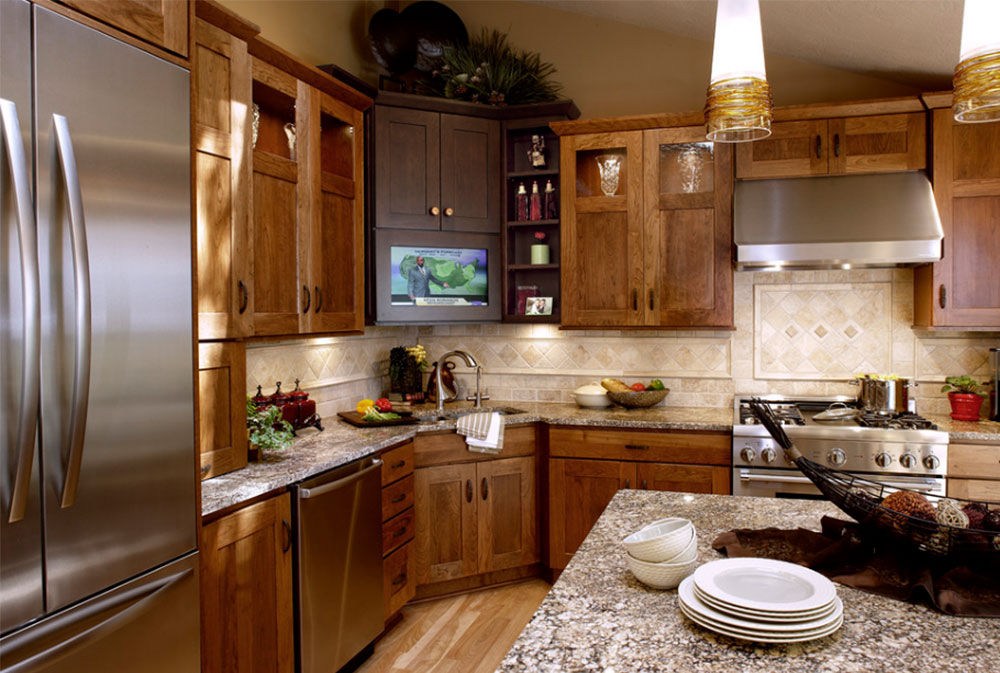
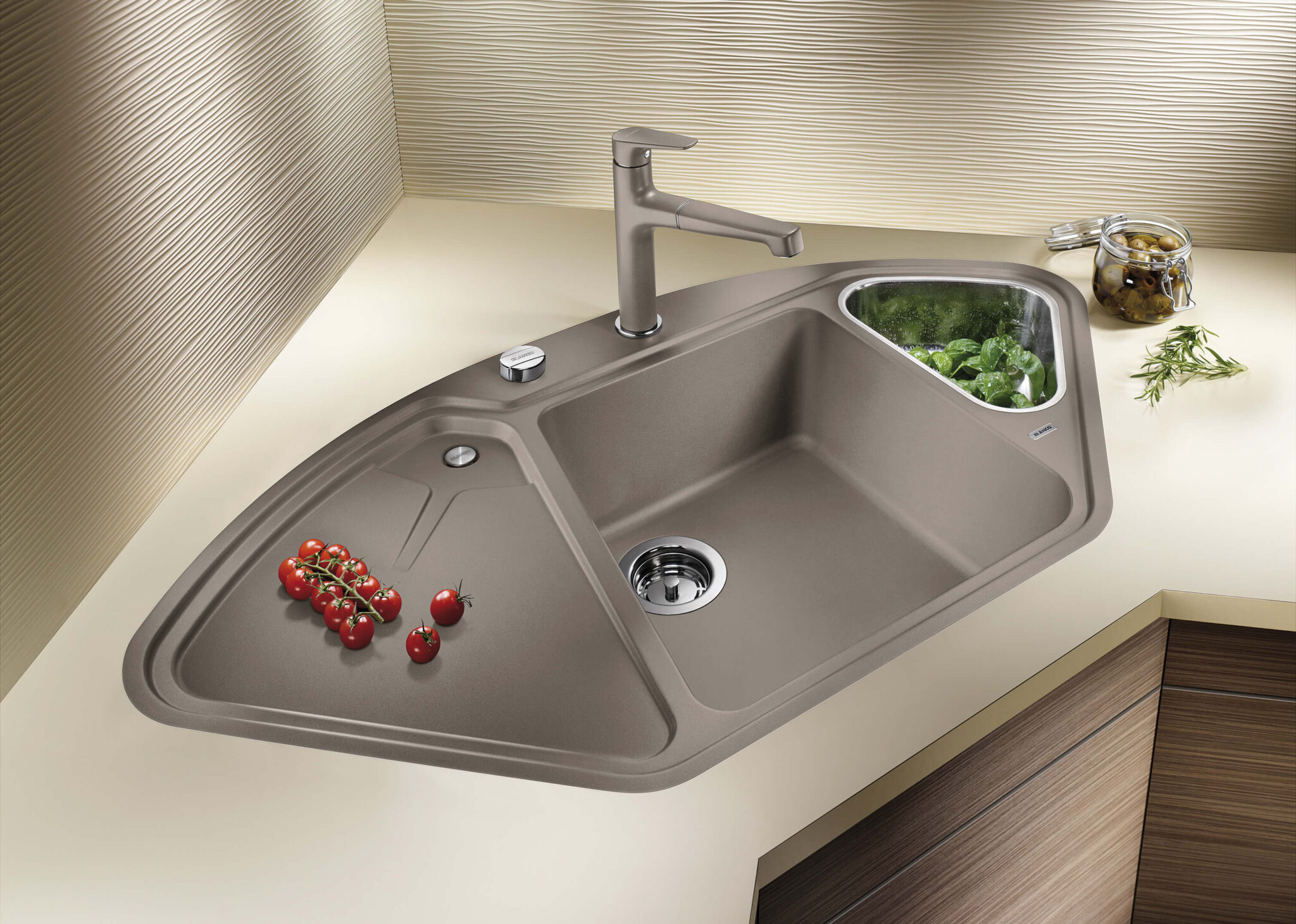
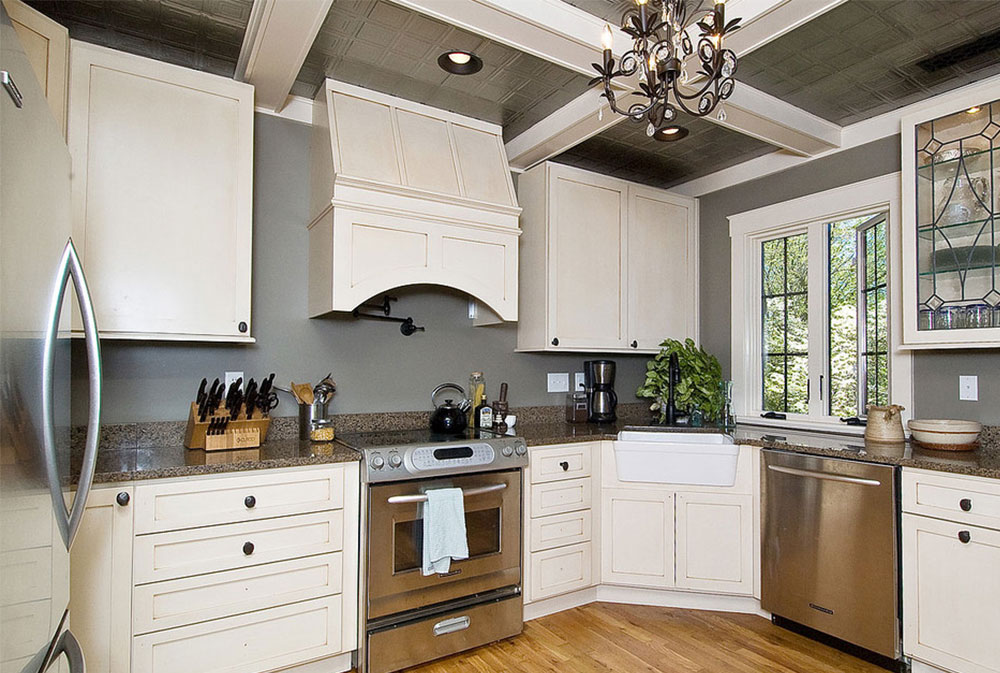
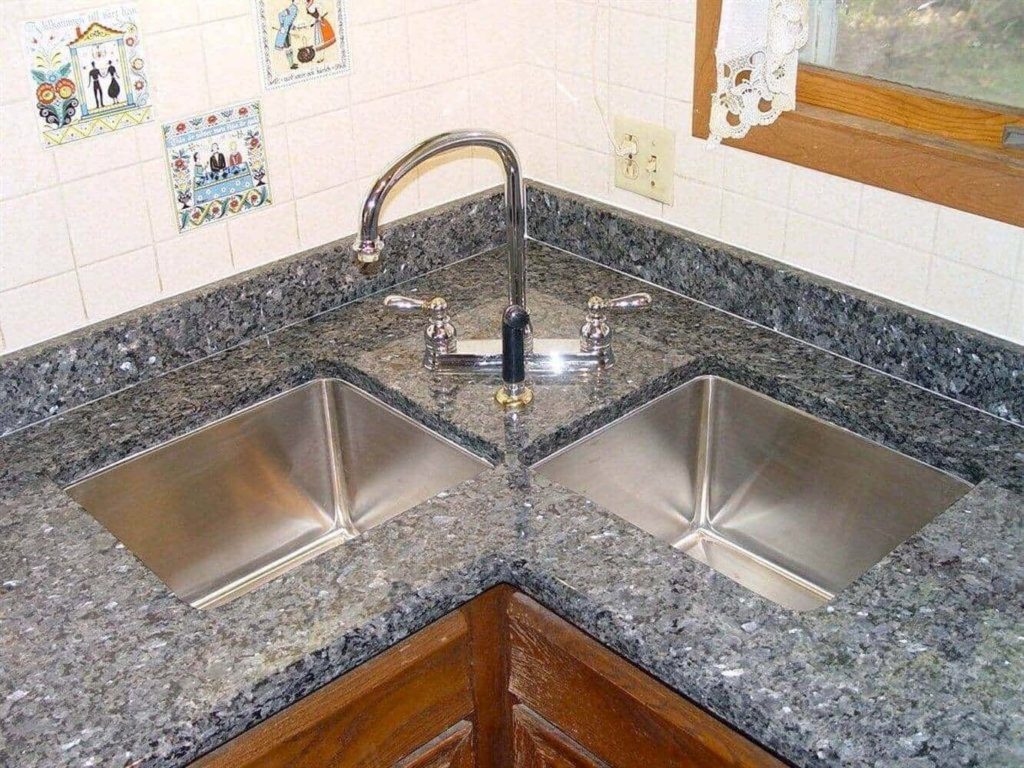

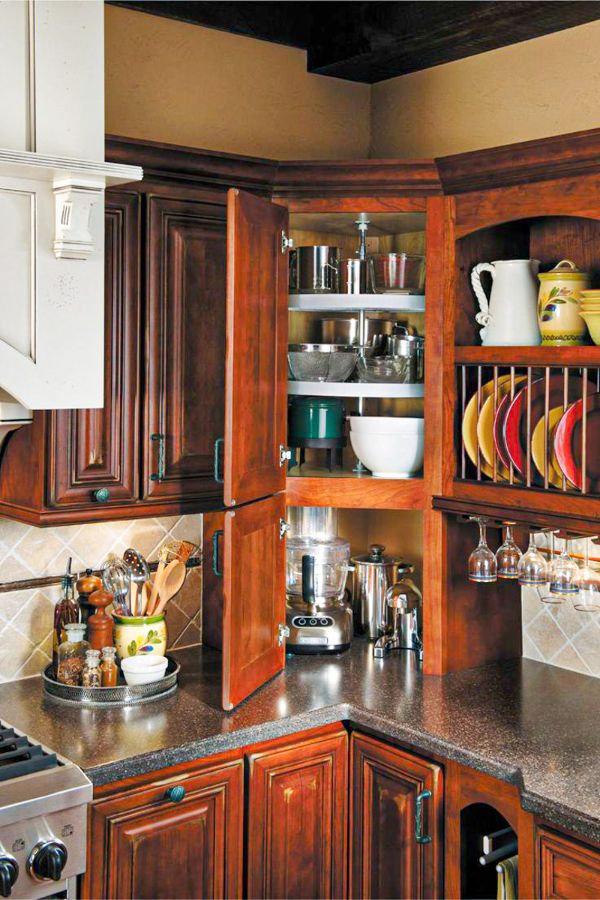










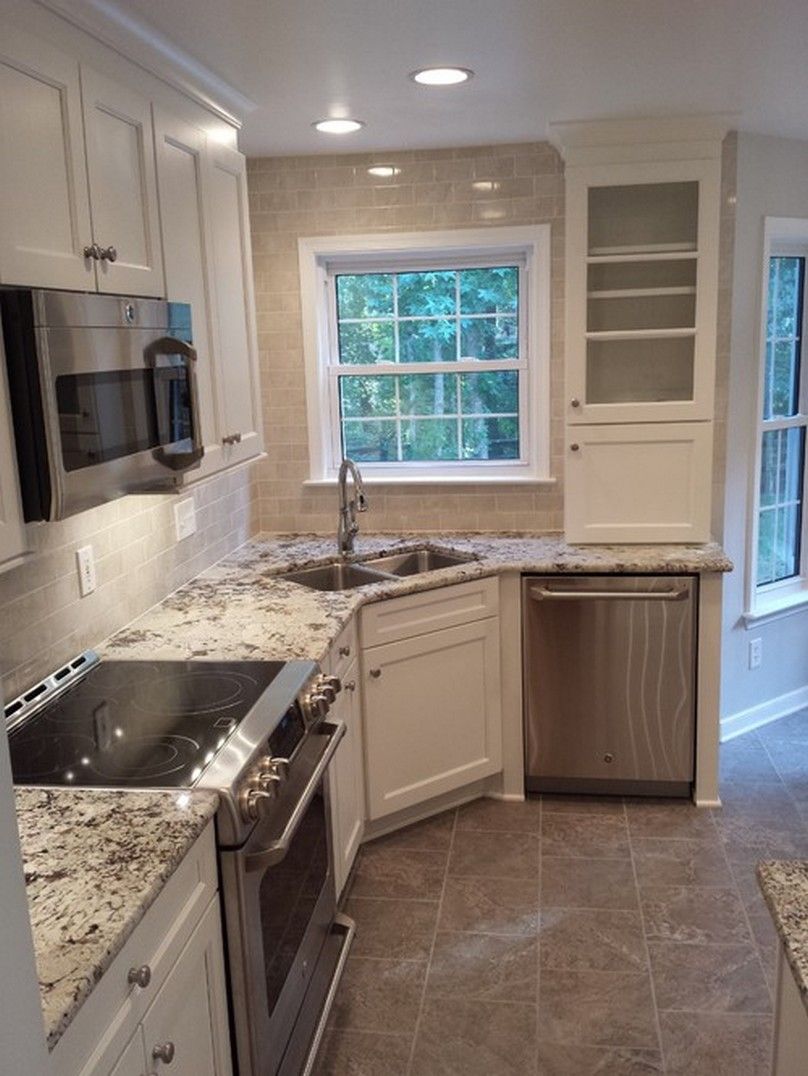
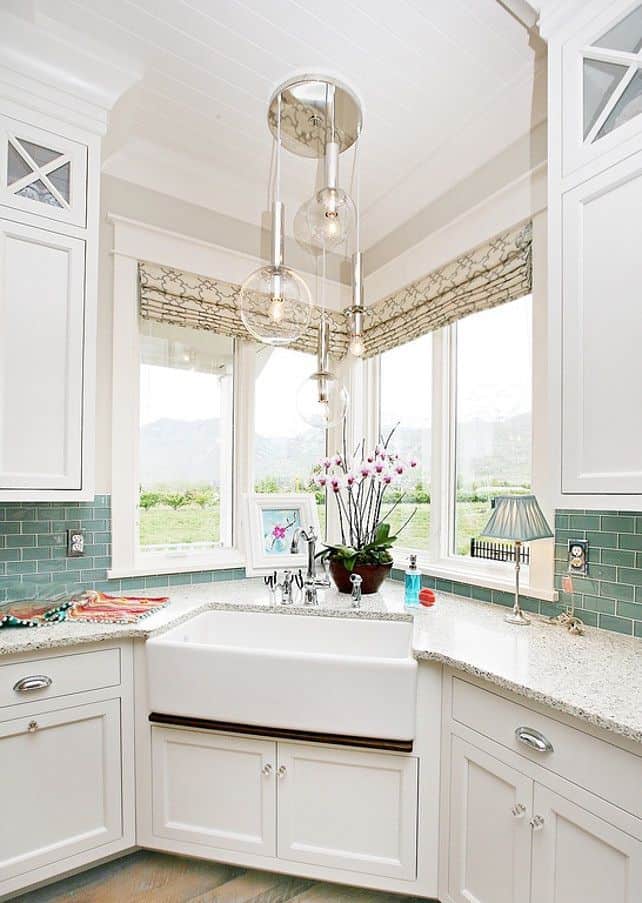

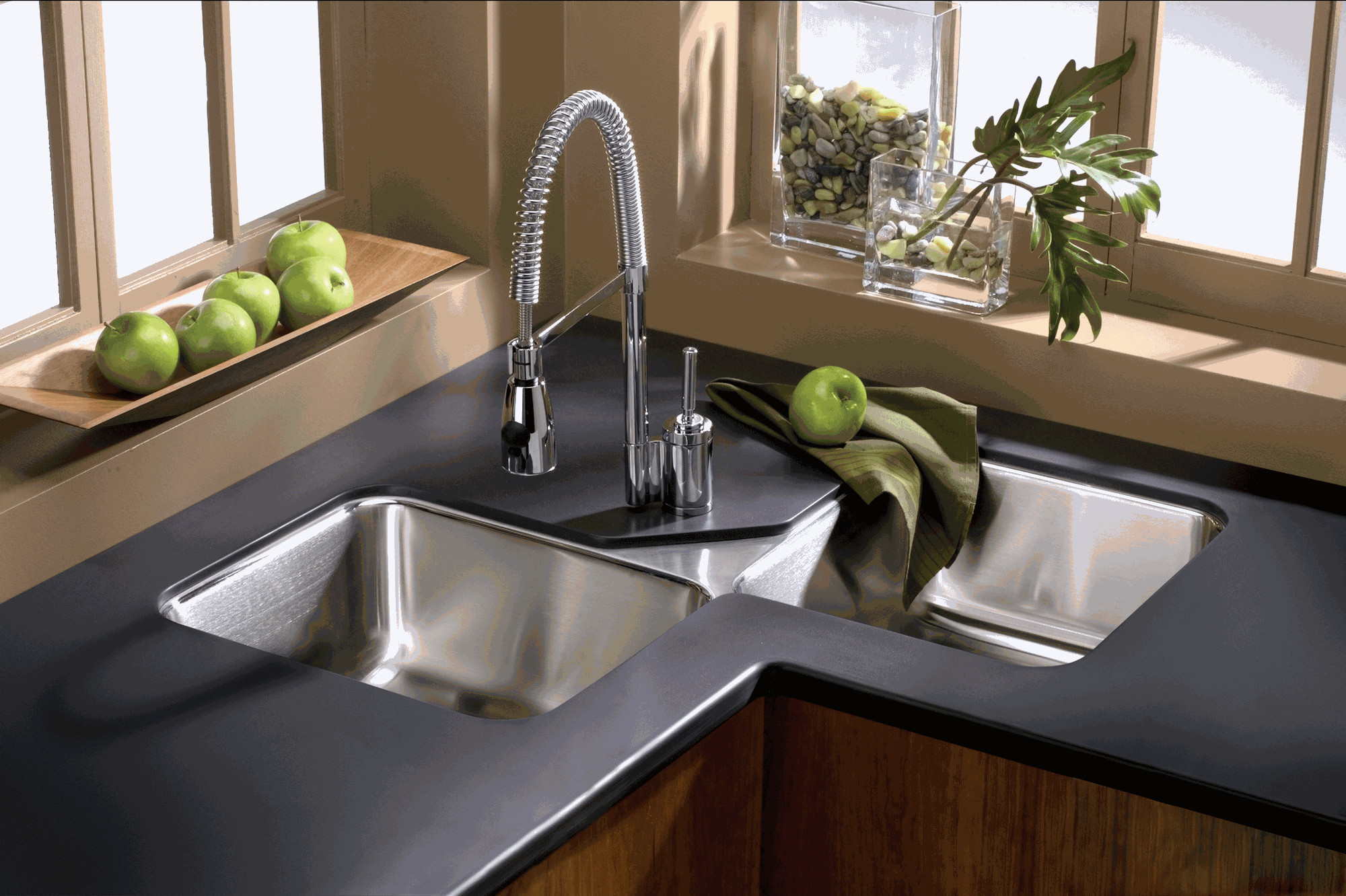







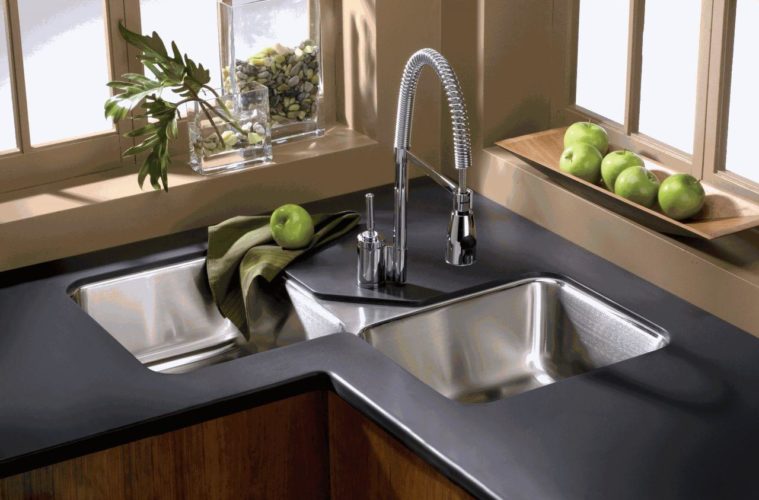

:max_bytes(150000):strip_icc()/CornerKitchenSink-5a79dc0d8e1b6e00373b9cf2.jpg)

